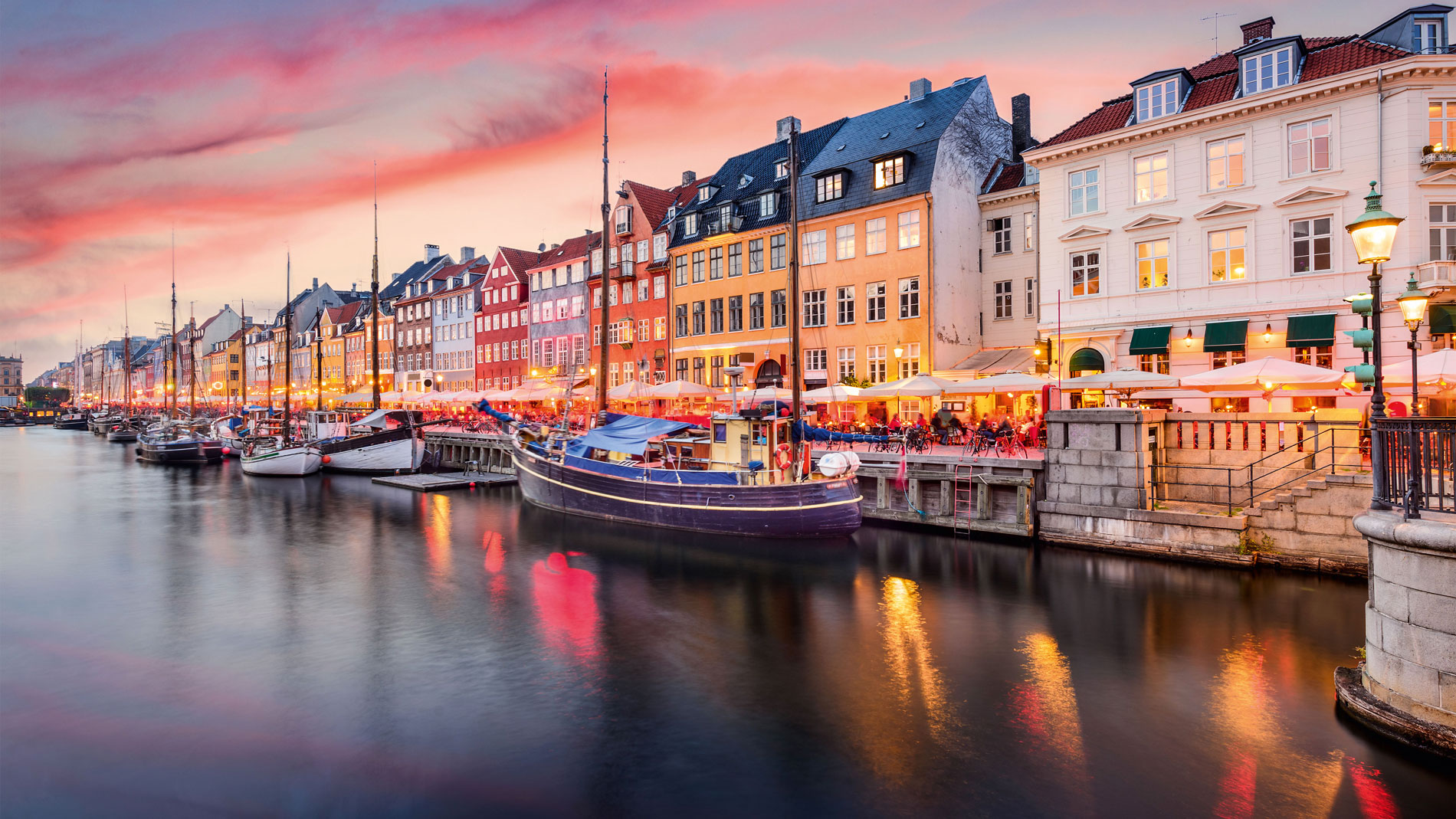4 Septemper 2023
The Danish AM industry is committed to actively supporting the country's climate plans
Innovation, ingenuity, and a tangible green transition. With only 6 million inhabitants and limited access to raw materials it is quite surprising how Denmark can be leading in so many manufacturing disciplines: Wind turbines, pharmaceuticals, medical equipment, shipbuilding and refurbishment, food processing, machinery and transportation equipment, textiles and clothing, electronics, construction, and furniture - just to name a few.
The best explanation is the flat hierarchies that allow for new ideas, technology, and creativity to flourish. Today, leading Danish manufacturers such as The LEGO Group, Grundfos and Danfoss are facing some of the highest demands for transitioning to a greener production. These manufacturers are spearheading how Additive Manufacturing can unleash a more sustainable manufacturing system, affecting their value chains and the thousands of strong and agile small and medium-sized (SME) producers in Denmark.

National hub for AM
Acting as Denmark's national hub for AM, Danish AM Hub was initiated in 2018 by the Danish Industry Foundation with the ambition of making Denmark a world leader in using AM for sustainability and help Danish manufacturing companies take the first steps towards a future where we produce with less waste, less material, less transport and with fewer CO2 emissions. Every year 100 SME producers create tangible results through Danish AM Hub activities, and with the development of a CO2e calculator Danish AM Hub aims to establish a world class knowledge base of how to produce more sustainably with AM, enabling manufacturers to quantify the environmental impact of their decisions throughout a product's life cycle.
Engrained across the value chain
Among the largest manufacturers such as The LEGO Group, Grundfos, and Danfoss, AM is fully engrained across all parts of the value chain. Among SMEs the use of AM is still largely limited to fixtures and tools. However, trends show that AM is increasingly being used in the production phase as well as in end-products.
Surveys from Jysk Analyse, Statistics Denmark and University of Southern Denmark conducted in 2021 demonstrate that approximately a third of manufacturing companies in Denmark use AM in its operations. The surveys also show a steady increase in the use of AM in Danish manufacturing companies over from 2018 to 2021. Companies that use AM technology generally focus on sustainability and emphasize the green transition as key drivers. Among the highest prioritized areas for more sustainable production are reducing material waste in production, product efficiency, energy consumption, and CO2 emissions.
The development of AM and the knowledge of the potential of the technology is also demonstrated by the growth of Danish AM Hub’s annual AM Summit. From 150 participants at the first conference in 2018, AM Summit welcomed over 450 participants, 45 exhibitors and 40 speakers in 2022 – and has now become the largest AM conference in the Nordics.

Main fields of Application
According to University of Southern Denmark, 85 % of companies using AM use it for product development, including 3D printing of prototypes. This is typically where companies get started with AM and where competitive advantages are easily realized. Another key area of application is the redesign of products with less material waste, greater strength, and better functionality. Over 20 Danish SMEs have participated in Danish AM Hub’s Design for Additive Manufacturing (DfAM) project over the past two years, including Danish Startup Airflight who were able reduce the weight of their cargo drones by as much as 67 percent on a lightweight fitting for its wings.
To promote circularity within the textile industry, Danish AM Hub is launching AM Textile to investigate the potential for AM to re-use textile waste. The project will uncover the possibilities of working with textiles and AM to give companies insight into how to think more circularly about textile waste for the benefit of their CO2 footprint.
Another key field of application is in the form of digital, distributed and on-demand value chains. To push this agenda Danish AM Hub is initiating AM Impact Chain to help Danish SMEs utilize international technology and print platforms to create more robust value chains. The project will help SMEs identify relevant components in their supply chain to digitize and print on-demand.
AM in metal is still relatively underutilized in Denmark. Therefore, Danish AM Hub has created the AM Metal Bridge initiative in collaboration with Danish Metalworkers’ Union and metal print providers across Denmark to provide Danish SMEs more affordable access to 3D metal printing and provide them with knowledge about how AM can create competitive and sustainable gains in their production.
Green Growth Agenda
In 2020, the Danish Parliament passed the Danish Climate Act, committing Denmark to reduce greenhouse gas emissions in 2030 by 70 per cent compared to 1990 levels, and for Denmark to become a climate-neutral society by 2050. At industry level, AM is seen as vital in contributing to the country’s climate targets. As one of 14 industry climate partnerships initiated by the government in 2019, the Climate partnership for building and construction recognizes AM as one of several technologies that can contribute to a lower carbon footprint, providing gains across reduction in material consumption, waste, and transport.
FURTHER INFORMATION:
Tags
- Market reports and studies
